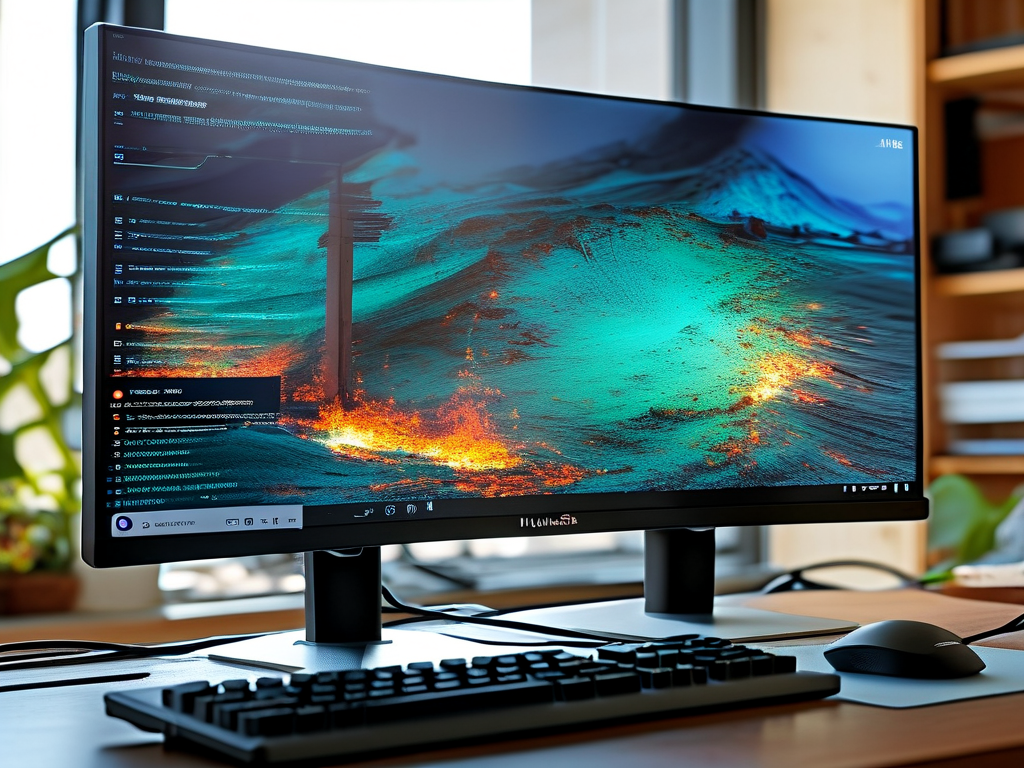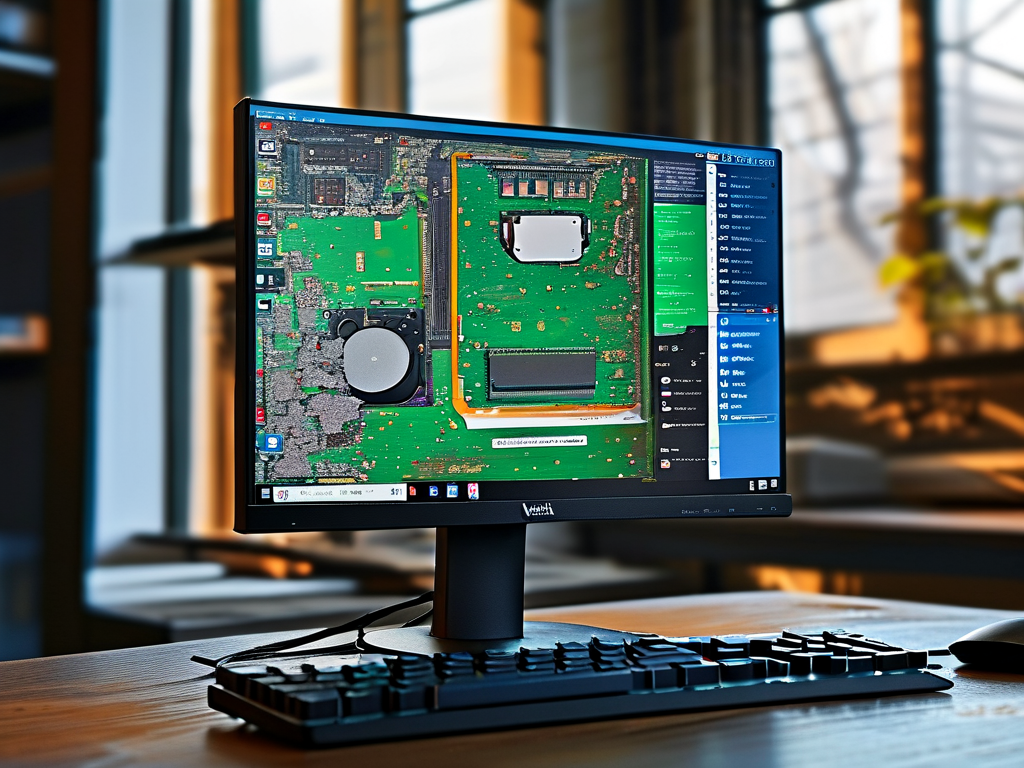Huawei devices are widely recognized for their advanced hardware and optimized software integration. However, some users report occasional slowdowns related to memory management and storage performance. This article explores practical reasons behind these issues and provides actionable solutions while maintaining technical accuracy.
Understanding Memory and Storage Dynamics
Modern smartphones like Huawei’s flagship models rely on RAM (Random Access Memory) and internal storage to manage multitasking and data access. Over time, accumulated background processes, cached data, and fragmented files can degrade performance. Unlike desktop systems, mobile devices have limited resources, making efficient memory allocation critical. For instance, when multiple apps run simultaneously, the system may prioritize active tasks while compressing or suspending idle ones—a process that occasionally causes perceived lag.
Common Causes of Slow Performance
-
Background Process Overload
Huawei’s EMUI (Emotion UI) aggressively manages background apps to conserve battery life. Paradoxically, this feature might force excessive app reloads when switching between programs, creating delays. Users who frequently use social media or gaming apps may notice this more prominently due to higher memory demands. -
Storage Fragmentation
While modern flash storage doesn’t require defragmentation like traditional hard drives, excessive file clutter can slow read/write operations. Huawei devices with nearly full storage (above 85% capacity) often experience slower app launches and file transfers due to reduced space for temporary data processing.
-
Software Updates and Compatibility
Incompatibilities between new system updates and older hardware components can create bottlenecks. For example, HarmonyOS 3.0’s enhanced features might strain devices with 4GB RAM or entry-level processors, leading to delayed response times during intensive tasks. -
Thermal Throttling
Prolonged usage of resource-heavy applications triggers thermal management protocols. Huawei’s Kirin chipsets automatically reduce clock speeds to prevent overheating, which may temporarily limit memory access speeds and app performance.
Effective Troubleshooting Strategies
Storage Optimization
Begin by auditing storage usage via Settings > Storage. Remove redundant files, unused apps, and duplicate media. Huawei’s built-in Phone Manager tool offers a “Cleanup” feature that identifies junk files and residual data from uninstalled apps. For devices with expandable storage, consider transferring photos/videos to a microSD card to free up internal space.
RAM Management Adjustments
Navigate to Developer Options (enabled by tapping Build Number seven times in About Phone) and modify background process limits. While forcing fewer background processes may improve responsiveness, avoid extreme restrictions that could disrupt notifications or app functionality.
Firmware Maintenance
Ensure the device runs the latest OS version through Settings > System & Updates. Critical patches often address memory leaks and storage controller optimizations. For older models, consider rolling back to a stable firmware version if recent updates caused performance dips.
Hardware Diagnostics
Persistent slowdowns might indicate hardware degradation. Use Huawei’s proprietary Service Center app to run storage health checks. Signs of failing NAND flash memory include abnormally long app installation times or frequent file corruption errors.
Advanced Techniques for Power Users
For tech-savvy users, ADB (Android Debug Bridge) commands offer granular control over memory allocation. For example:
adb shell pm trim-memory <package_name> RUNNING_CRITICAL This command forces specific apps to release cached resources. Additionally, third-party tools like SD Maid (with proper permissions) can automate storage cleanup tasks without requiring root access.
Preventive Measures

- Enable Automatic Storage Management in system settings
- Restart the device weekly to clear volatile memory
- Avoid using multiple RAM-booster apps simultaneously
- Replace heavily worn storage components through authorized service centers
Huawei device slowdowns typically stem from controllable software factors rather than hardware flaws. Through systematic storage maintenance, background process optimization, and timely updates, most performance issues can be resolved without professional intervention. Users experiencing persistent lag should leverage Huawei’s diagnostic tools or consult certified technicians to rule out rare hardware failures.

